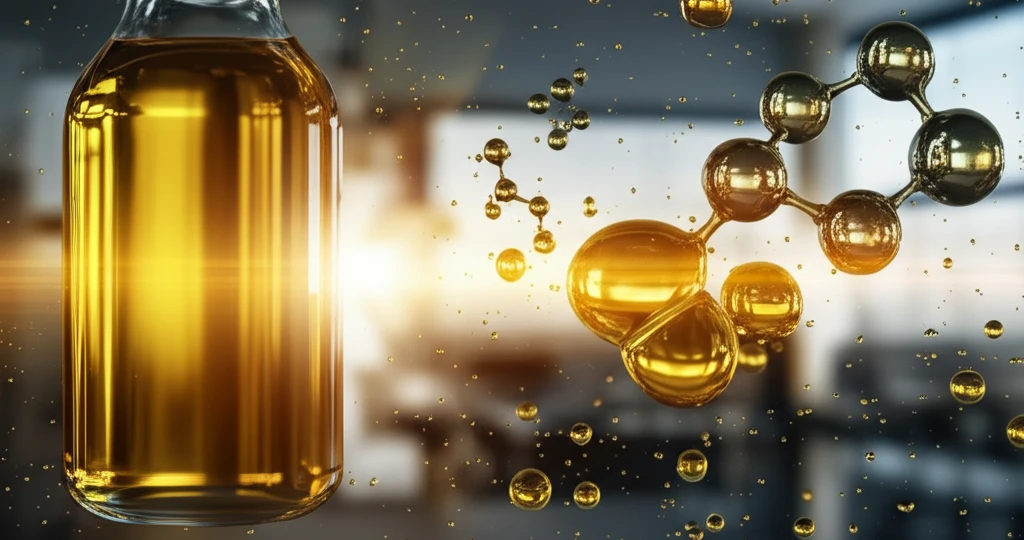
Is Your Cooking Oil Safe? New Study Reveals Hidden Dangers of Polycyclic Aromatic Hydrocarbons (PAHs)
"Discover how a fast and sensitive extraction method can help detect harmful PAHs in your edible oils, ensuring safer cooking practices."
Edible oils are a staple in every kitchen, used daily for everything from sautéing vegetables to baking delicious treats. However, a recent study has shed light on a potential hidden danger: the presence of polycyclic aromatic hydrocarbons (PAHs). These compounds, formed during incomplete combustion or pyrolysis of organic matter, can find their way into our food supply, posing risks to our health.
PAHs are a large family of nonpolar and lipophilic organic contaminants. Some PAHs are classified by the International Agency for Research on Cancer (IARC) in group 2A and 2B because of their mutagenicity and carcinogenicity. Because of their fat-loving nature, PAHs tend to accumulate in fat-rich materials such as edible oils. This contamination can occur through environmental pollution, technological processes like smoke-drying, or even the use of non-food-grade mineral oils.
Given the potential health risks, monitoring PAH levels in edible oils is crucial. Traditional methods for detecting these compounds can be time-consuming and require large volumes of solvents. However, a new study introduces a fast, sensitive, and efficient method for isolating and determining PAHs in edible oils, potentially revolutionizing how we approach food safety.
The Innovative MAE-DLLME Technique

The study, led by Abdorreza Mohammadi and colleagues, details the development and application of a microwave-assisted extraction and dispersive liquid-liquid microextraction (MAE-DLLME) technique, followed by gas chromatography-mass spectrometry (GC-MS). This method allows for the rapid isolation and determination of PAHs in edible oils. The researchers optimized key parameters, including the type and volume of extraction and disperser solvents, microwave time, salt concentration, and pH, using response surface methodology (RSM) based on a central composite design (CCD).
- Microwave-Assisted Extraction (MAE): PAHs are extracted from the oil sample using a mixture of acetonitrile/acetone and methanolic KOH in two steps. This process helps to efficiently separate the PAHs from the complex oil matrix.
- Dispersive Liquid-Liquid Microextraction (DLLME): A mixture of ethanol (disperser solvent), tetrachloroethylene (extraction solvent), and biphenyl (internal standard) is rapidly injected into the sample solution. This creates a cloudy solution, facilitating the extraction of PAHs.
- GC-MS Analysis: After phase separation via centrifugation, the sedimented phase is analyzed using gas chromatography-mass spectrometry (GC-MS). This allows for the precise identification and quantification of the PAHs present in the sample.
Ensuring Safer Cooking Oils
The findings of this study highlight the importance of employing sensitive and efficient methods for detecting PAHs in edible oils. The MAE-DLLME technique coupled with GC-MS offers a powerful tool for ensuring the safety and quality of our cooking oils. By understanding the potential risks and utilizing advanced analytical methods, we can take proactive steps to protect our health and promote safer cooking practices.
